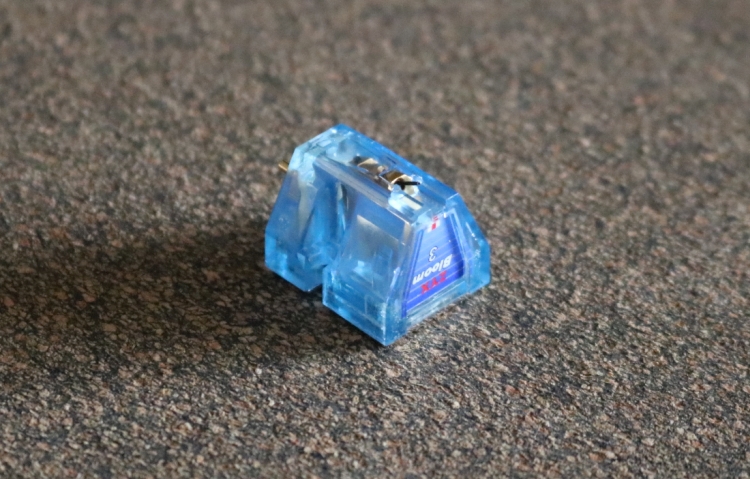
Review sample supplied by Colab
Retail price in the Netherlands including 21% VAT:
R50 Bloom3 standard: 980 euro
R50 Bloom3 with Silver Base: 1.040 euro (as reviewed)
Originally, the intention was to review the Bloom3 as well as the Ultimate 4D X. However, this 4D sample was in a used condition and did not contain the Silver Base that is considered a must for these cartridges, so Pierre Costers of Colab decided to have it factory-upgraded before having it reviewed. Therefore, this review will feature only the Bloom3, and the 4D review will be postponed until later.
Review Context
I will use the Bloom3 with two turntables (AVID Sequel and Thorens TD1601) in two different setups and compare it directly with two other cartridges (Dynavector 10×5 mkII and Audio Technica AT33Sa) whilst using the Aidas Rainbow in the Origin Live Calypso mk4 as a reference.
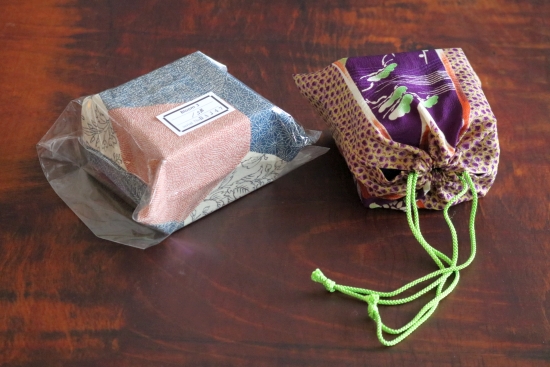
Bloom3
Priced at 980 euro, the ZYX Bloom3 sits more or less in the same range as the 700-euro Dynavector 10×5 that I currently use with the AVID Sequel turntable and Audio Origami PU7 tonearm (12-gram effective mass version with Cardas 33ga internal wiring and super OFC external cable). It’s certainly much closer than the 3.100-euro Aidas Rainbow that I use with the Origin Live Calypso mk4 turntable and Illustrious arm. For this reason, but also because setup and calibration with the PU7 and AVID Sequel are more straightforward, I opted to first try the ZYX Bloom3 with this turntable in the Main System.
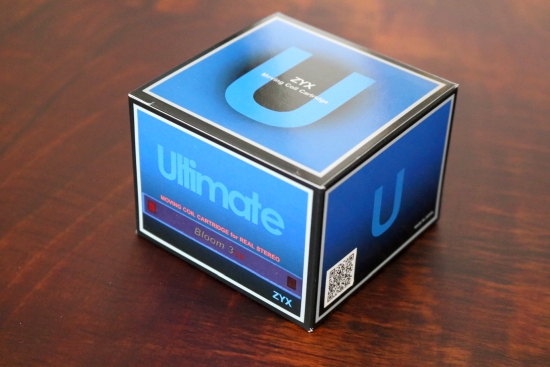
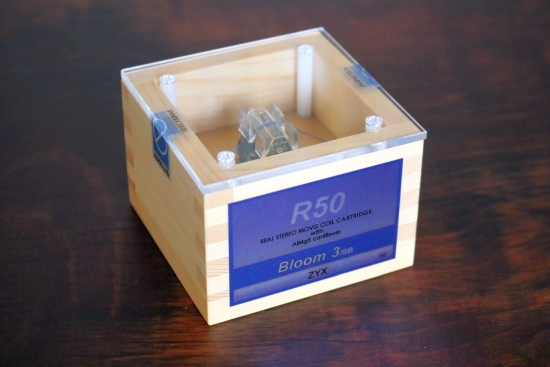
The Bloom3 is a low-output (0.24mV) MC cartridge with a Line contact nude diamond stylus mounted in a black ALMg5 (aluminum) cantilever. The website mentions it is a newly developed rigid cantilever but exactly how it is made more rigid is not clear. All the other specs can be found at the end of this review.
Turntable- and tonearm matching and calibration
Although the Dynavector 10×5 is a very lively and quite forward and direct sounding cartridge that isn’t ideal for intrinsically lively tonearms such as the most affordable two Regas, the match with the tonally full, gently smooth, and slightly relaxed PU7 tonearm proved to work out wonderfully well. Something similar is actually the case with the intrinsically full-bodied and rich-sounding Origin Live turntable where the very robust and spritely Aidas Rainbow cartridge injected precisely the right amount of upbeat urgency and attack while retaining the turntable’s deeply saturated character. Following this, it should be very clear that any cartridge’s success is highly dependent on the marriage with the arm and turntable. That’s why I will try it in at least two different turntables.
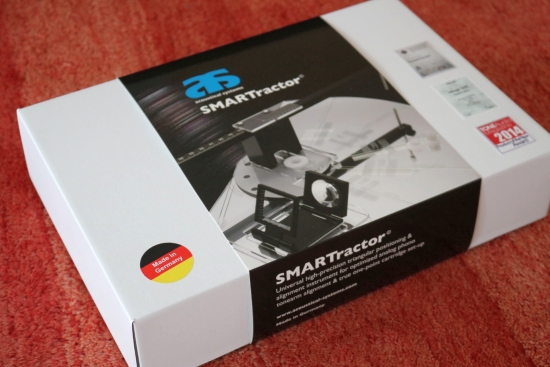
For setting up cartridges, lately, I’ve been using Acoustical Systems SMARTractor and I have to say that although it is a costly protractor, it works quickly, easily, and assuredly. Another recent development for me is the AnalogMagik cartridge setup software that I purchased a little while ago and have gained some experience with. Similar to Dr. Feickert’s Adjust+ (that is sadly no longer available), the AnalogMagik cartridge setup software offers various calibration methods via an LP with test tracks and software that you install on a computer that does complex calculations, according to Richard Mak’s research. I will explain more about this software further below and in a separate review that will follow later.
I had put plenty of hours on the Dynavector and got to know it well before I finally got around to optimizing its alignment very recently using AnalogMagik. Although the software is fiddly to work with and requires a lot of patience (not my strongest point), this did indeed yield further improvements in terms of precision, focus, and purity, which make it worth the effort. Knowing this, I will of course also apply the same procedure to the Bloom3 cartridge.
Stepped Approach
Freshly lifted from its colorfully dyed silk bag that carries a nice herb-like fragrance that comes from the special wood used for the box, the Bloom3 was mounted in place of the Dynavector on the AVID Sequel. After completing the initial setup using the Acoustical Systems SMARTractor and using the specified 2,0 grams VTF, in all fairness, I should have gone straight to optimizing it using the AnalogMagik software just as I did with the Dynavector. But I figured it would be more interesting to approach this review in a stepped approach. So please bear with me while I undertake this journey.
Music Selection
There’s a fixed day every week when my good friend Wouter comes over, invariably with a bag full of LPs and I decided to let my first impressions of the Bloom3 coincide with this visit. Wouter is quite a collector and from my point of view has pretty much everything in the Soul genre, usually double or triple, and often in several versions. That’s how we discovered and later confirmed that USA pressings usually sound better than European pressings (95% of the time), at least in the case of American artists.
Wouter always manages to come up with new stuff that I never heard before but invariably really dig! For instance, we recently connected the dots where David Frank and Mic Murphy are concerned. I was already a huge fan of their System albums but Wouter found out that the duo, and sometimes only David, produced many other artist’s records and that these records all had that same sound that I like so much. Basically, whenever David Frank is involved, the music will have his unmistakable trademark prominent and juicy basslines.
The Godfather of 80’s electric R&B, as he is referred to, produced “Tell me Tomorrow” by Angela Bofill, and if you know her but not this album, go listen to it and you’ll see that it stands out from all her other work. Another great discovery is “Step By Step” by Jeff Lorber, a musician who I already like a lot for his smooth and catchy synth work but when combining forces with David Frank, the music becomes irresistibly funky. He also worked with Phil Collins on the track “Sussudio” and wrote Robert Palmer’s fantastic hard-hitting track “You Are In My System” together with Mic Murphy. Man, this discovery was sparking so many AHA moments, it’s crazy. One final example I’ll throw in is Chaka Khan’s “I Feel For You” album. It has always stood out from her other work and now I know why! Yup, the title track is indeed produced by David Frank, while the duo co-produced the first track “This Is My Night”.
But that’s quite enough music history for now. All I really wanted to say is that I will use a nice selection of Soul/Funk/Electric R&B albums for the review of the Bloom3 cartridge. To be honest, that basically already covers 80% of my regular music diet already, the other categories being Electronic, Fusion, and Smooth Jazz.
Alright, let’s finally proceed to the cartridge review at hand!
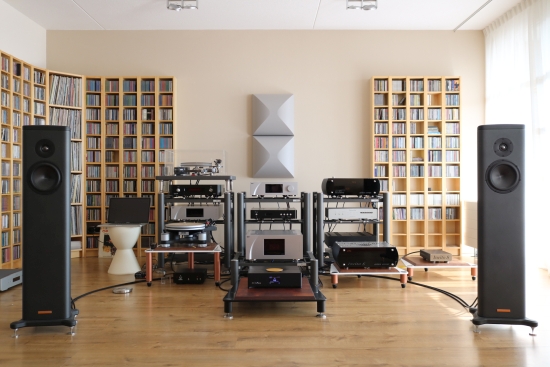
Bloom3 with Avid Sequel
Without changing the gain on the phono preamp just yet, I proceeded to listen to the Bloom3. At this point, the cartridge was brand spanking new and will still need running in, as well as the Analog Magik treatment, but it sounded highly refined, smooth, and musically appealing right from its very first notes. My initial thought was that it honors its name because it had a friendly sound with a carefully dosed amount of bloom, which is most evident as a thickness in the upper bass and a creamy richness in the lower midrange. At this point, compared to the fully bedded-in Dynavector, you could say that the ZYX sounds smooth and a little warm but as I would find out with further use, that would be a misjudgment. But even though it was a little bloomy at first, it was not lacking resolution or texture. Right from the start, the Bloom3 proved to be a great tracker, unveiling easily the same amount of detail from the grooves as the Dynavector, and with airier treble and substantially greater finesse.
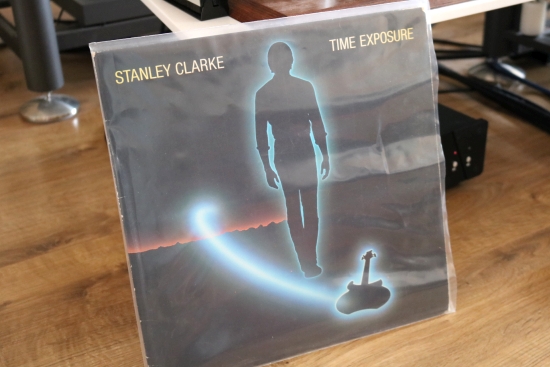
Although a Line Contact stylus should track just as well as a Shibata stylus under equal circumstances, I did notice that the sibilance on a loud “S” with one particular track (“Heaven Sent You” on Stanley Clarke’s Time Exposure) was a little bit more “spitty” and leaning to one channel with the Bloom3, whereas it was slightly more subtle and centered with the Dynavector. It will be interesting to find if this will be mitigated once the ZYX has been fully optimized using the AnalogMagik software. It’s my guess that it will be but that experiment will have to wait until a little later. This torture track aside, the ZYX showed consistently great tracking with all the other LPs and is significantly more fluid and refined than the Dynavector.
The ZYX’s easy-on-the-ear sound was what made Wouter remark that the Bloom3 is friendlier and easier to listen to than the Dynavector. As he put it in Dutch “er is meer rust”, which translates to it being calmer. For me, while I agree with his statement, this is not always a preferable trait, especially if it means that the sound becomes dynamically compacted or less energetic overall. While still in its running-in period, the bass was rich and saturated, and in terms of dynamics, the Bloom3 was certainly not restrained, but I did feel that it was a little reticent in terms of incisiveness and slam in the upper bass and lower midrange, where it was still a little soft for my taste. Also, we noticed that the soundstage stuck to the speakers and did not project very deeply.
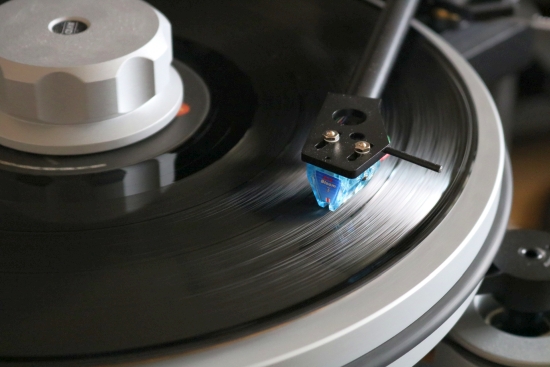
But with every LP side that we played, the bass got more into focus, while the soundstage grew deeper and deeper. Meanwhile, the cartridge’s dynamic behavior was never in question, not even when compared to the very snappy High-Output 10×5. It was just a bit shy in terms of ultimate slam but that applied only to its bass region and, as it turned out, was not only due to the cartridge needing more playing time but also in large part due to the ZYX being a low-output cartridge. After having adjusted the phono preamp’s gain, BAM, it all snapped into focus. Well, in a manner of speaking, because the actual focus was never an issue with the ZYX, to begin with. I mean that the solidity and attack in the bass region were now fully in line with the cartridge’s overall expressive presentation.
After a few more hours of playback and with the right amount of gain, compared to the relatively dry and upfront sounding Dynavector, the Bloom3 was still a gently smooth and slightly rich-sounding cartridge but it was also remarkably fast and articulate, and importantly, entertaining. We played record after record with ever bigger smiles on our faces while I kept raising the volume. That’s one major advantage of the ZYX over the Dynavector. While the latter still has more slam, it also has more of an edgy and “in your face” sound and this can become overbearing for some ears and in some combinations. With the Bloom3, there’s simply never any fatigue.
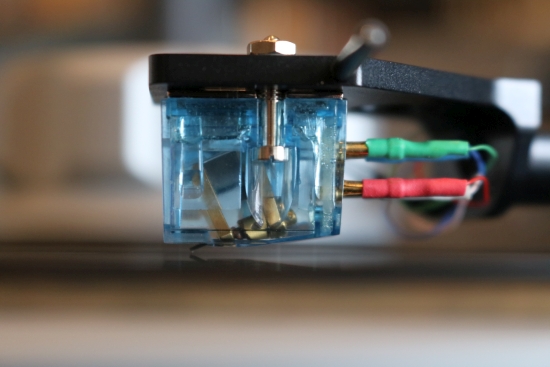
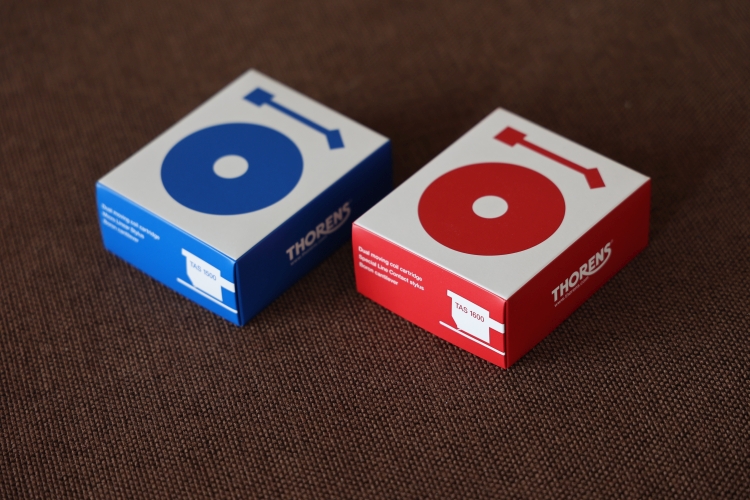
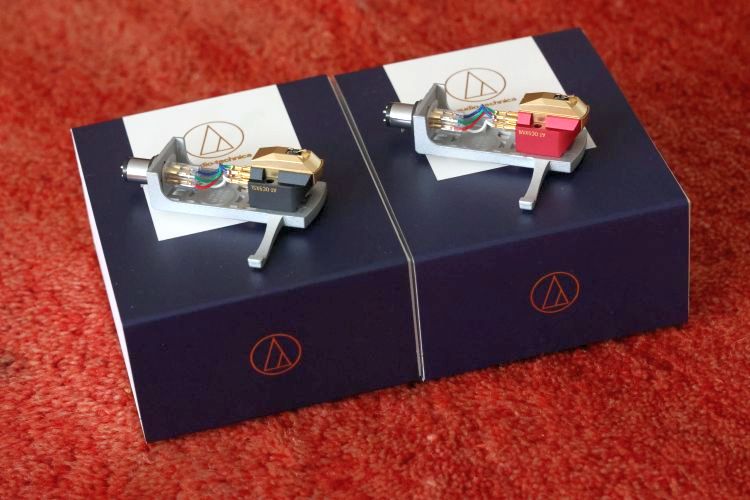
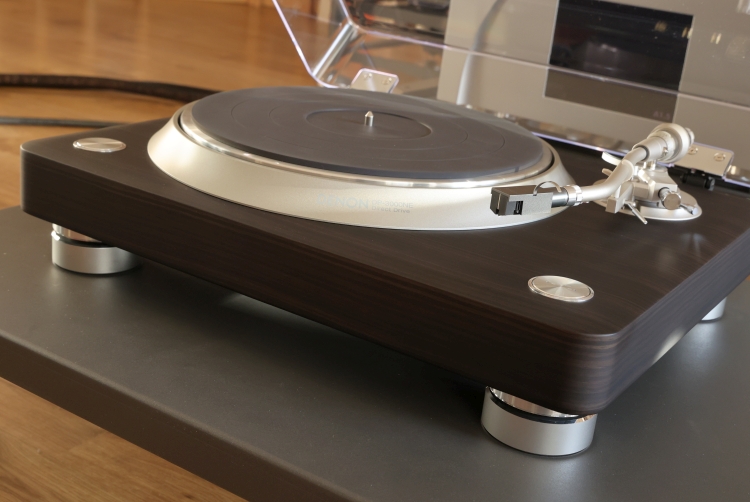
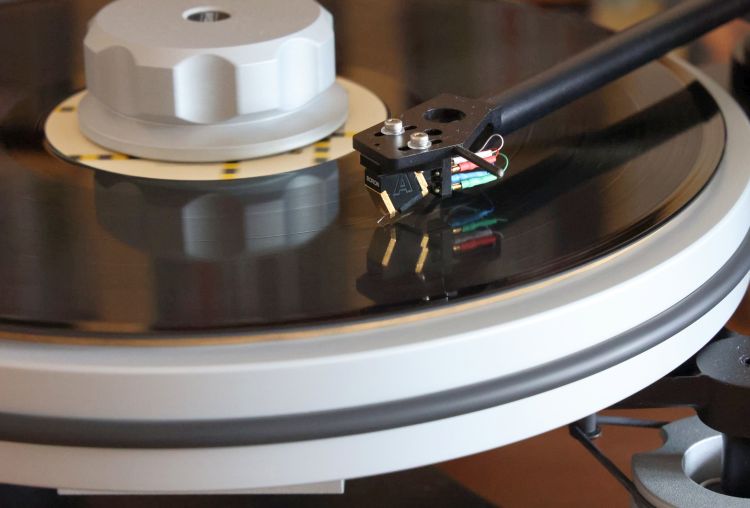
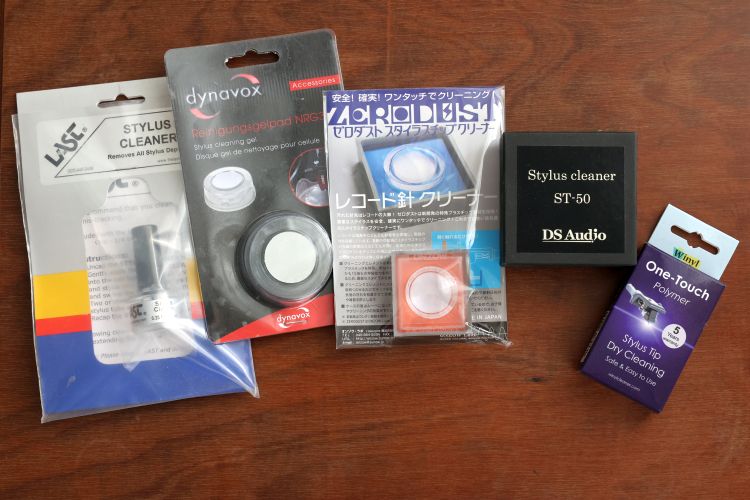
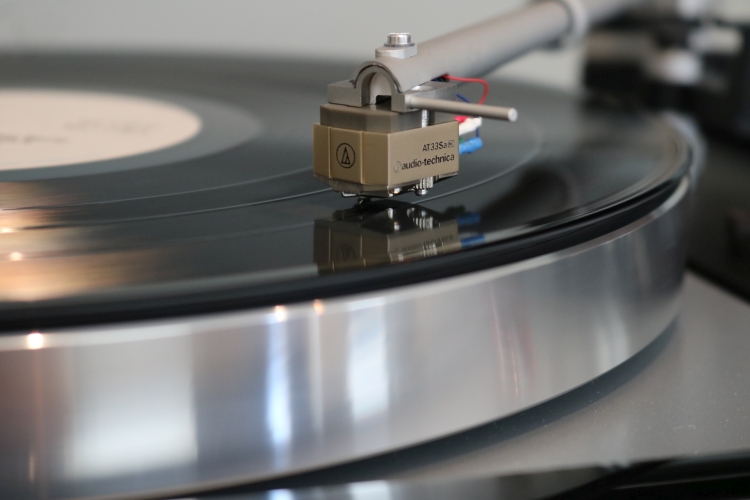
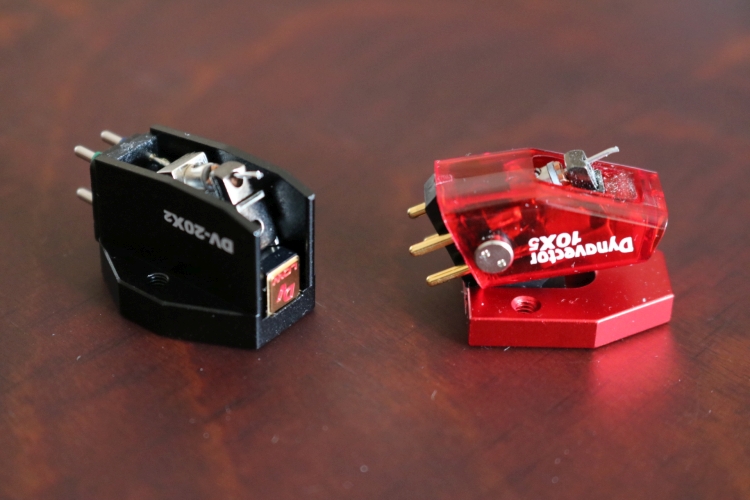
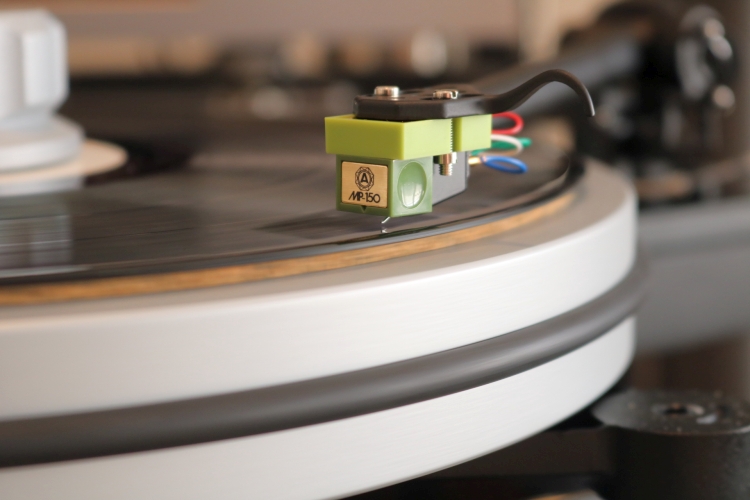
A very nice review!
Seems like a nice option for a Kuzma 4Point arm, doesn’t it?
Cristian
Hi Cristian, alas, I couldn’t say as I’ve not yet used a Kuzma arm.